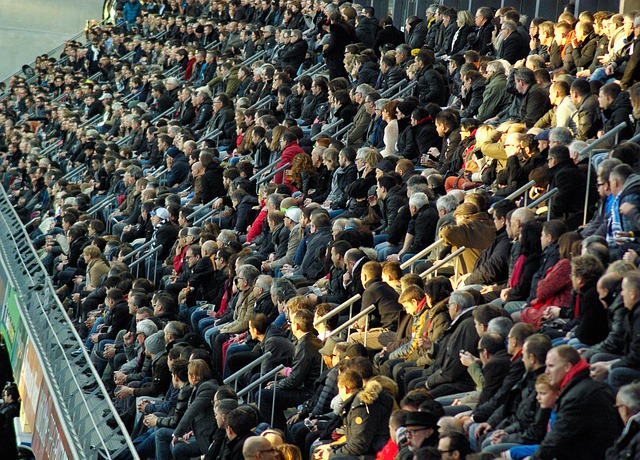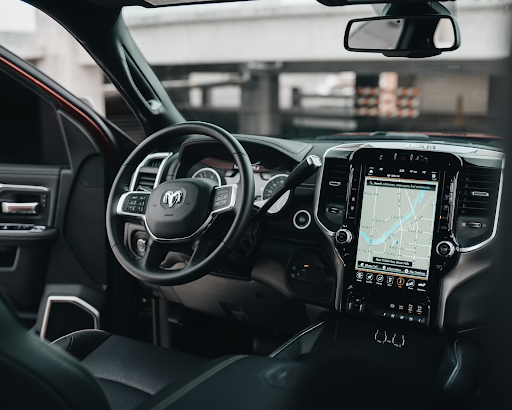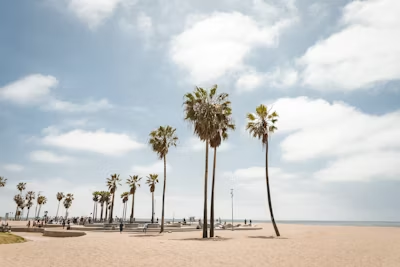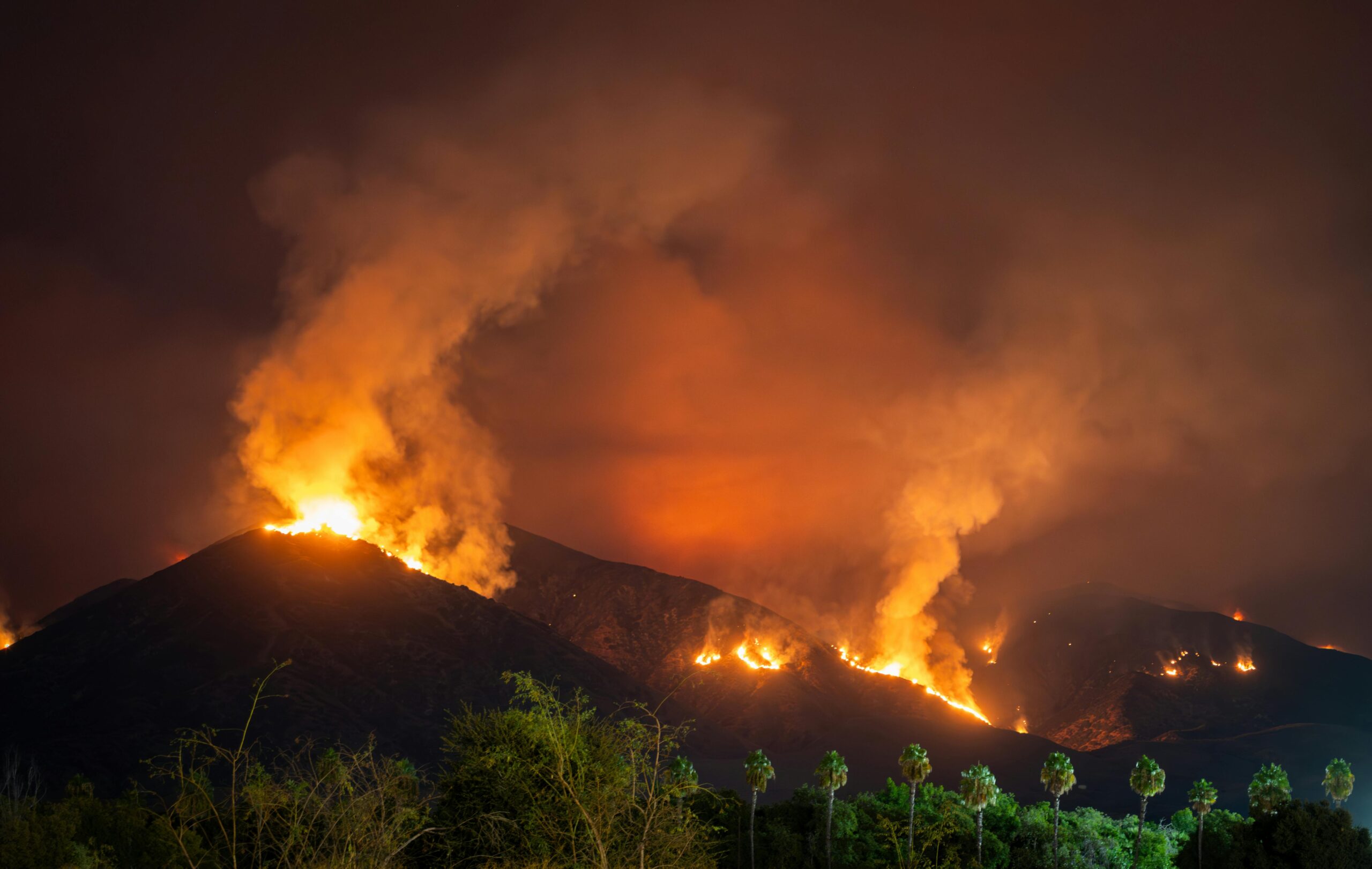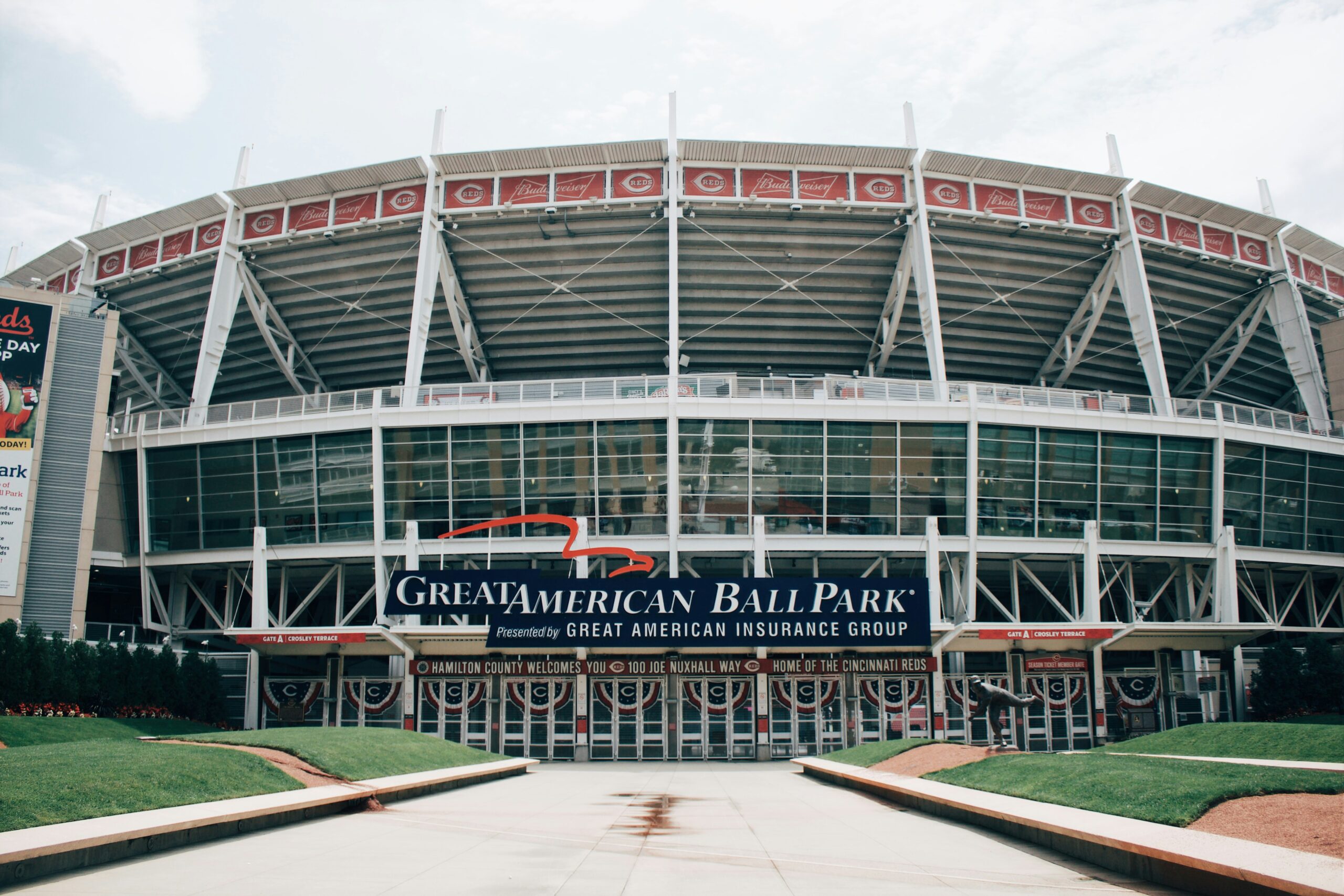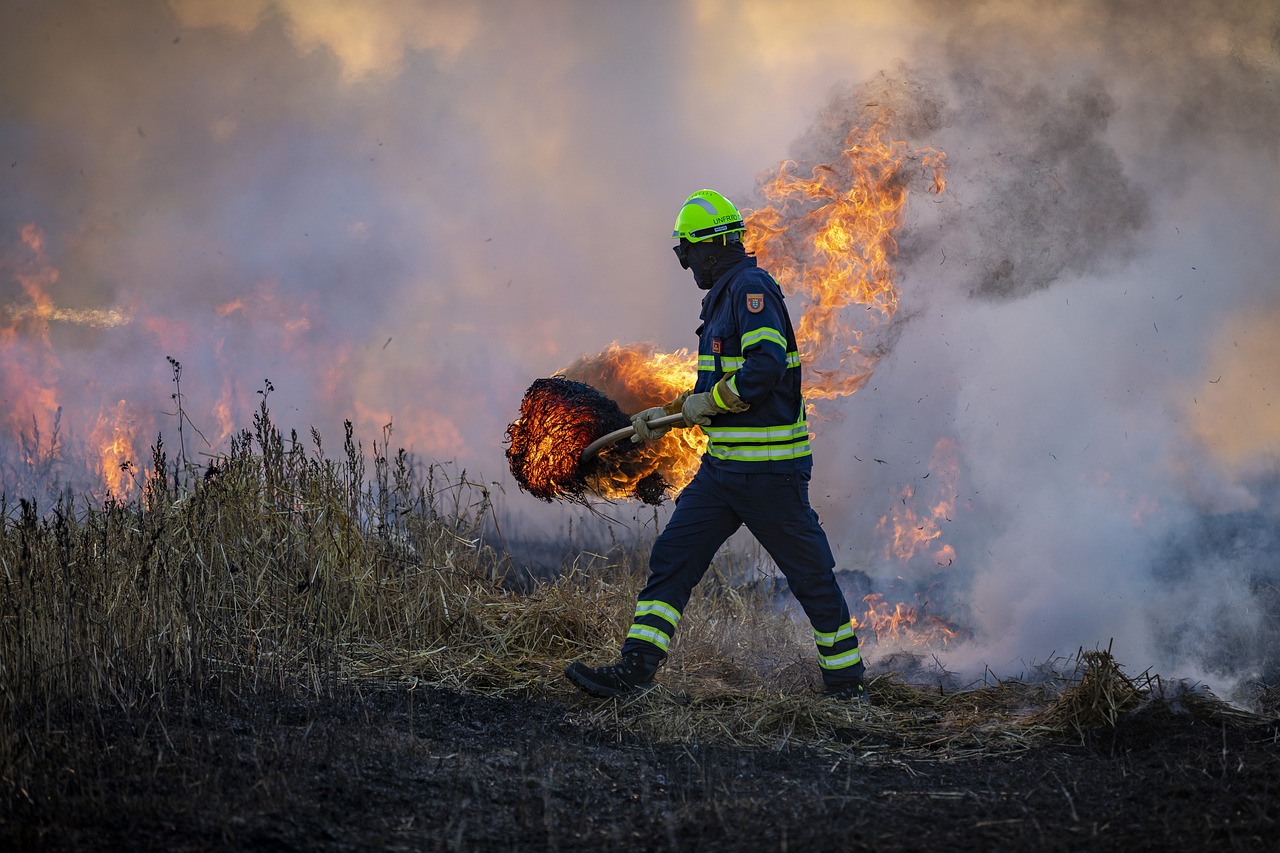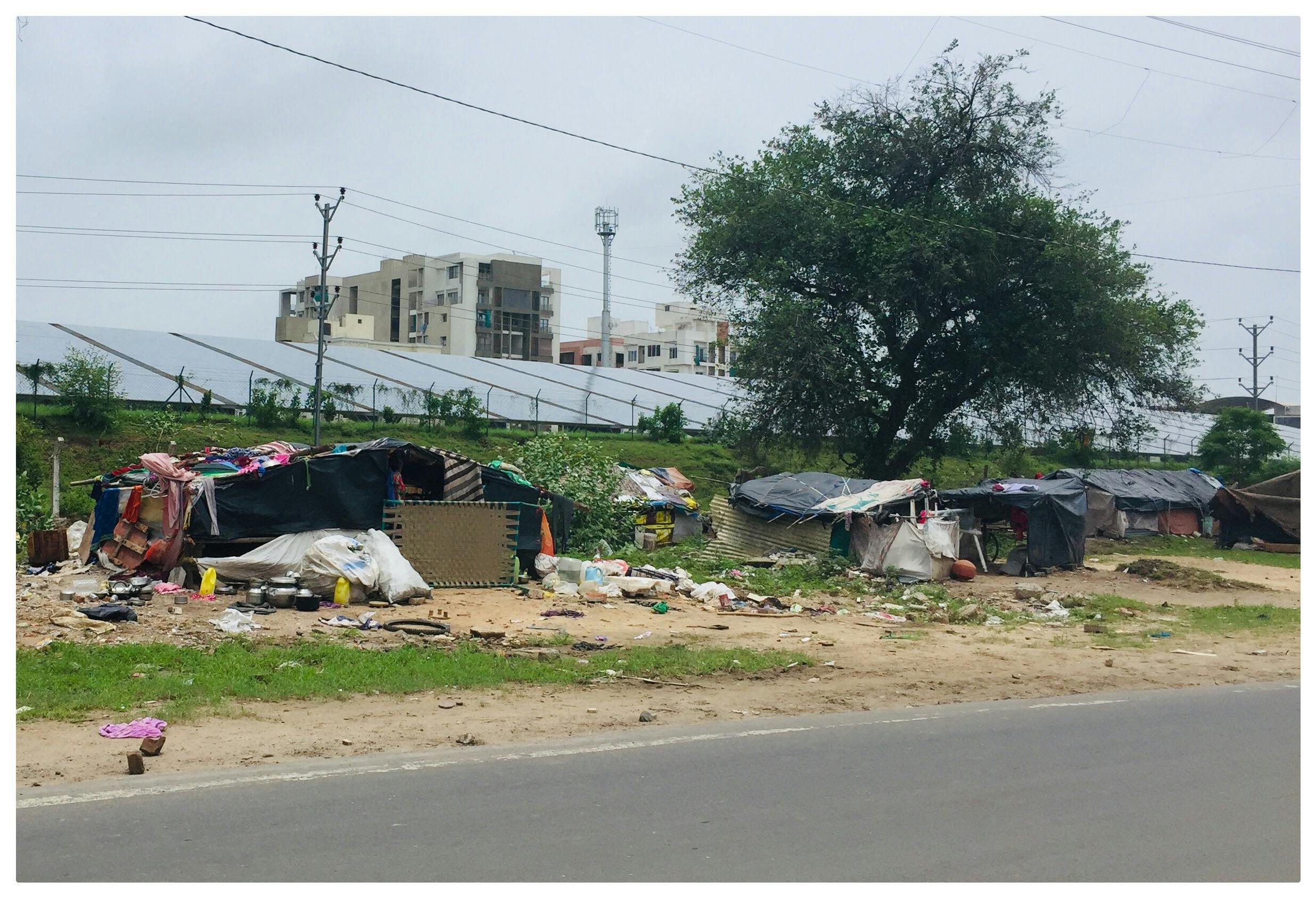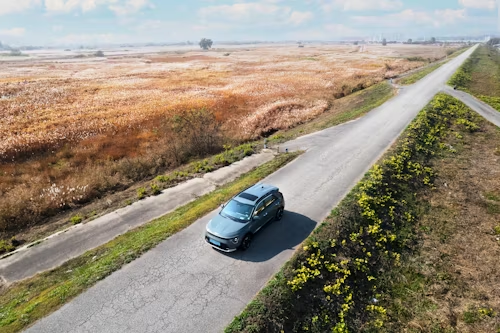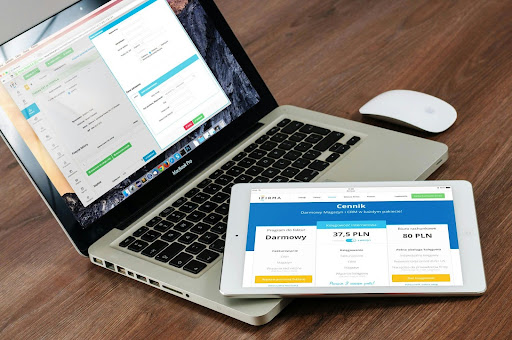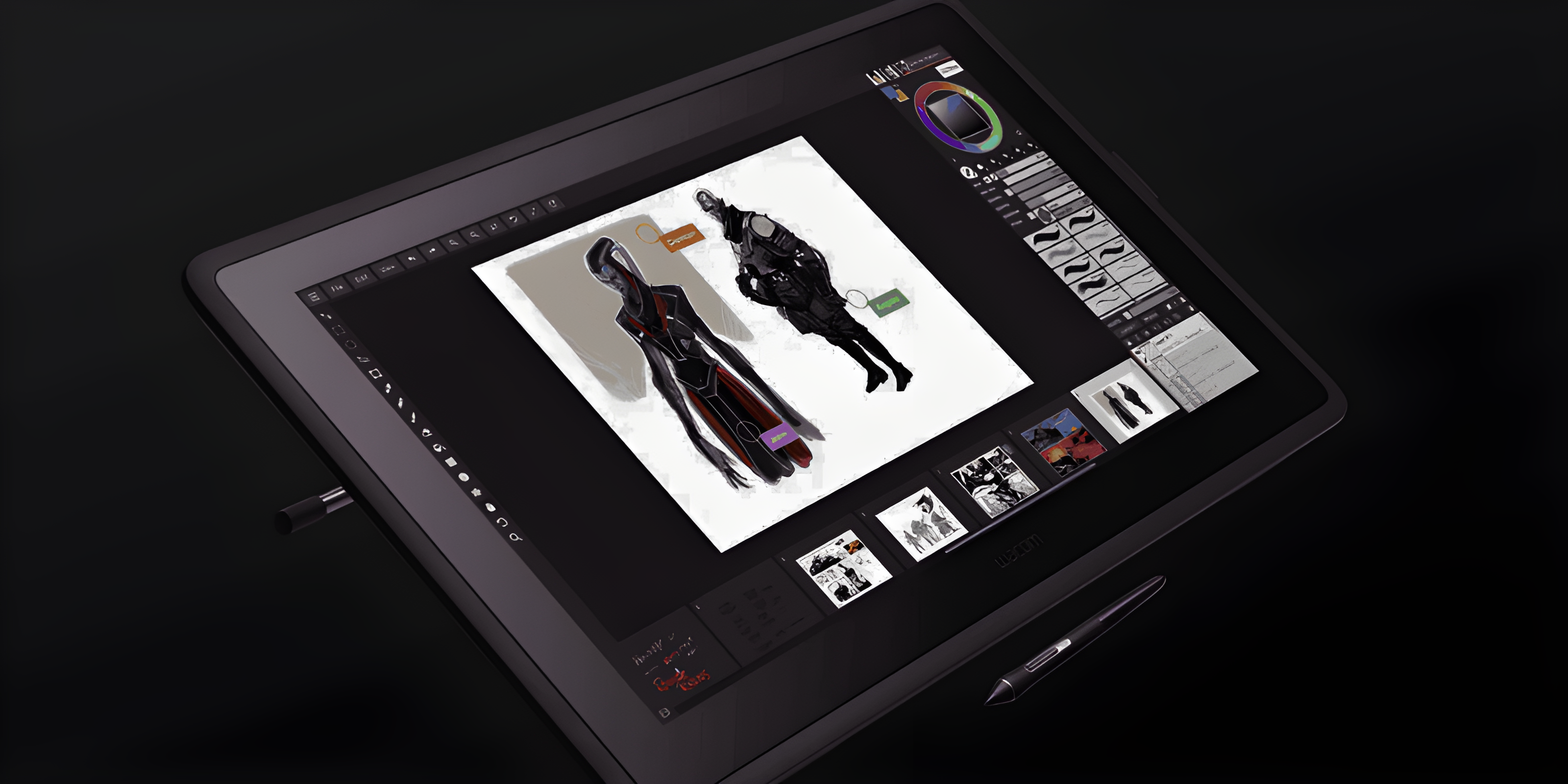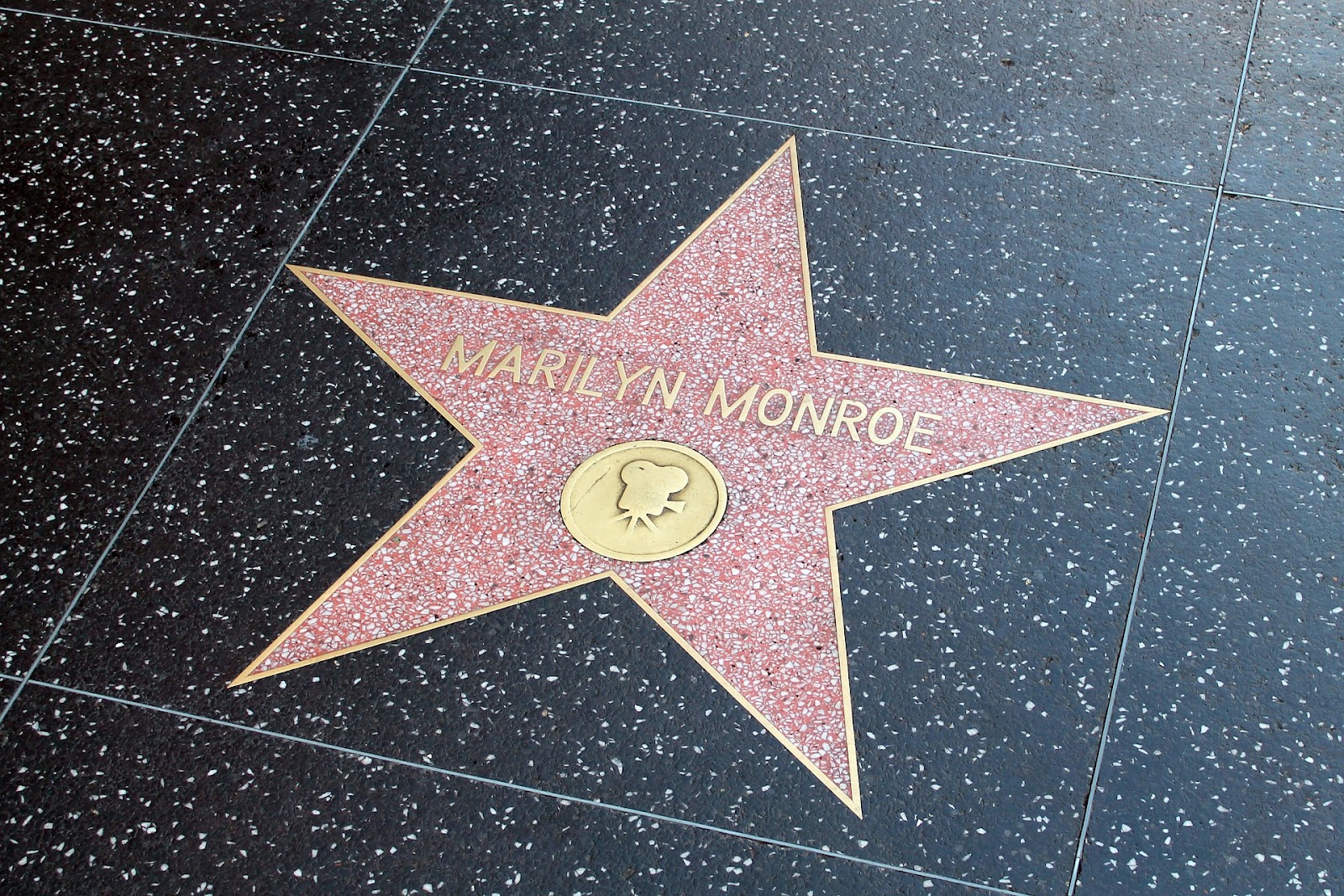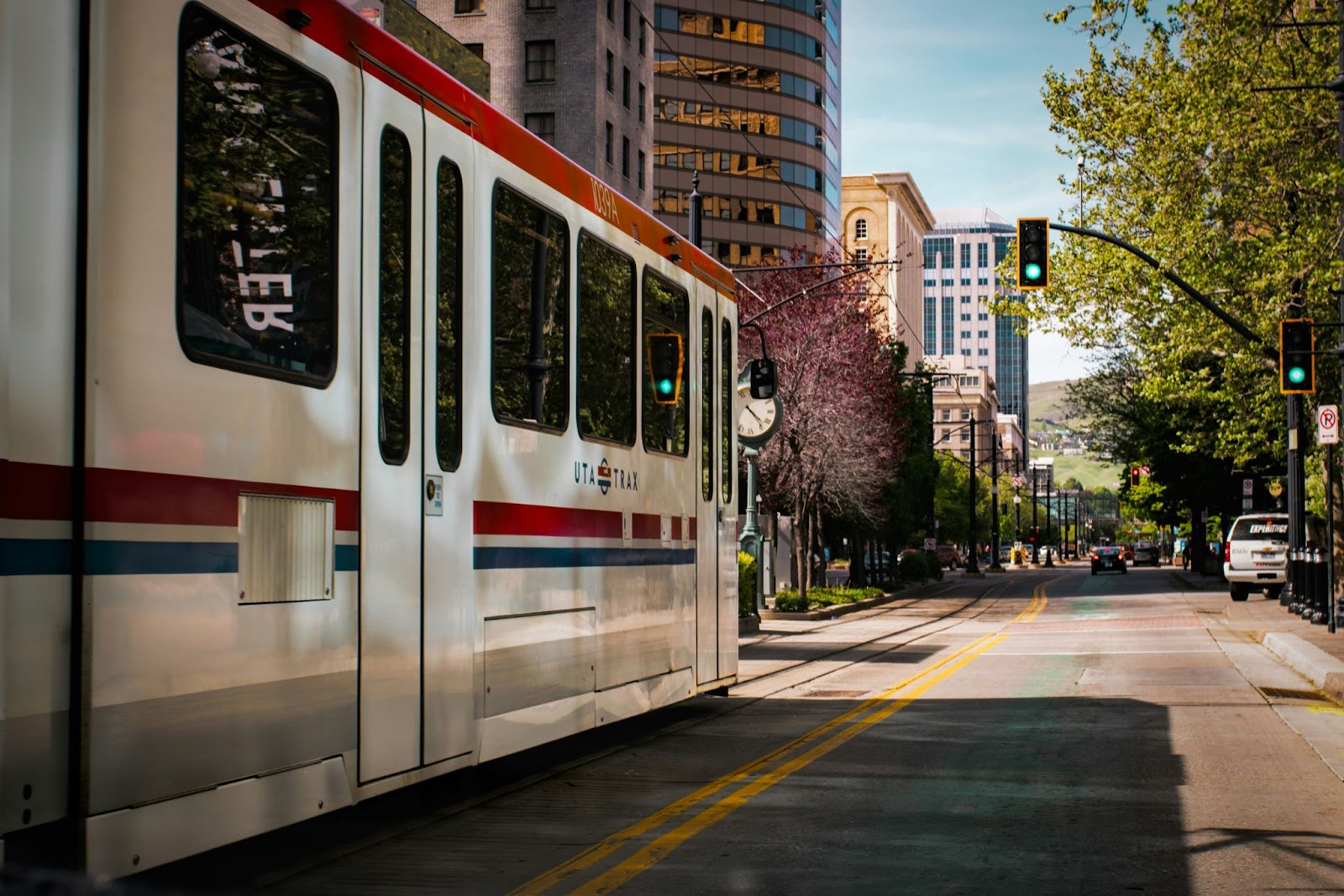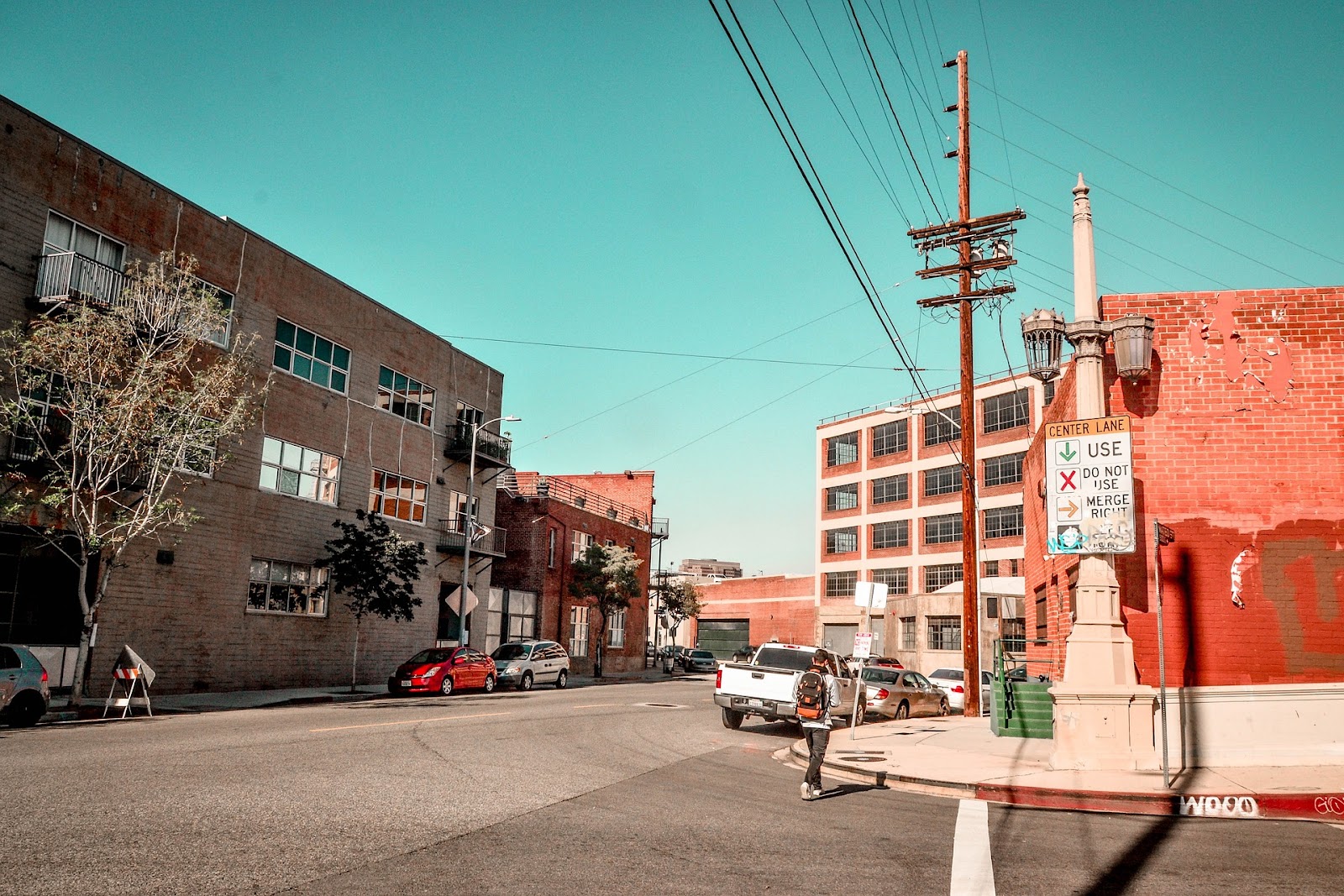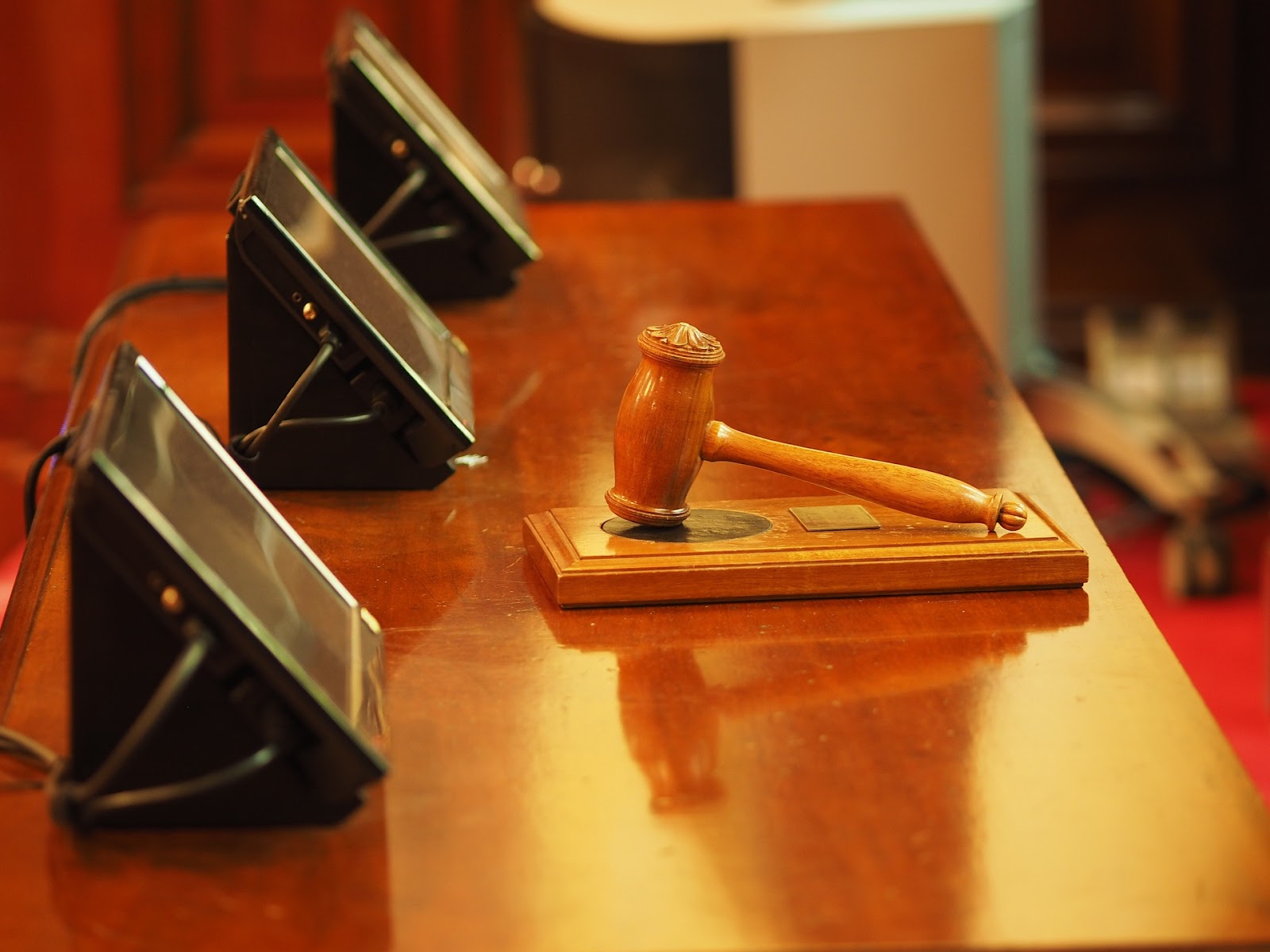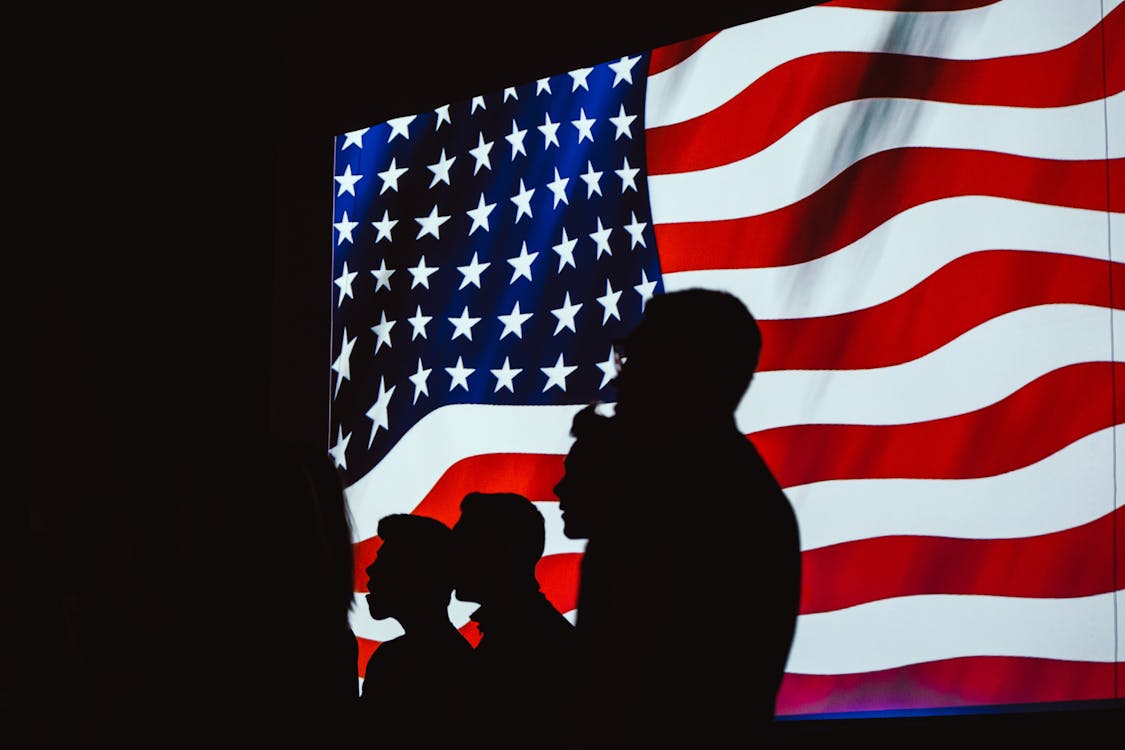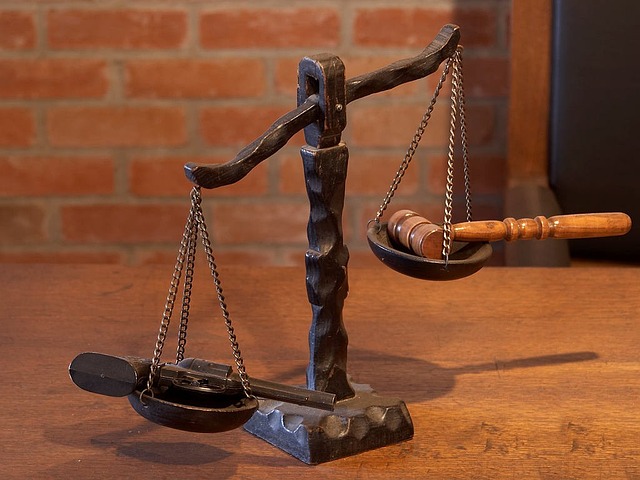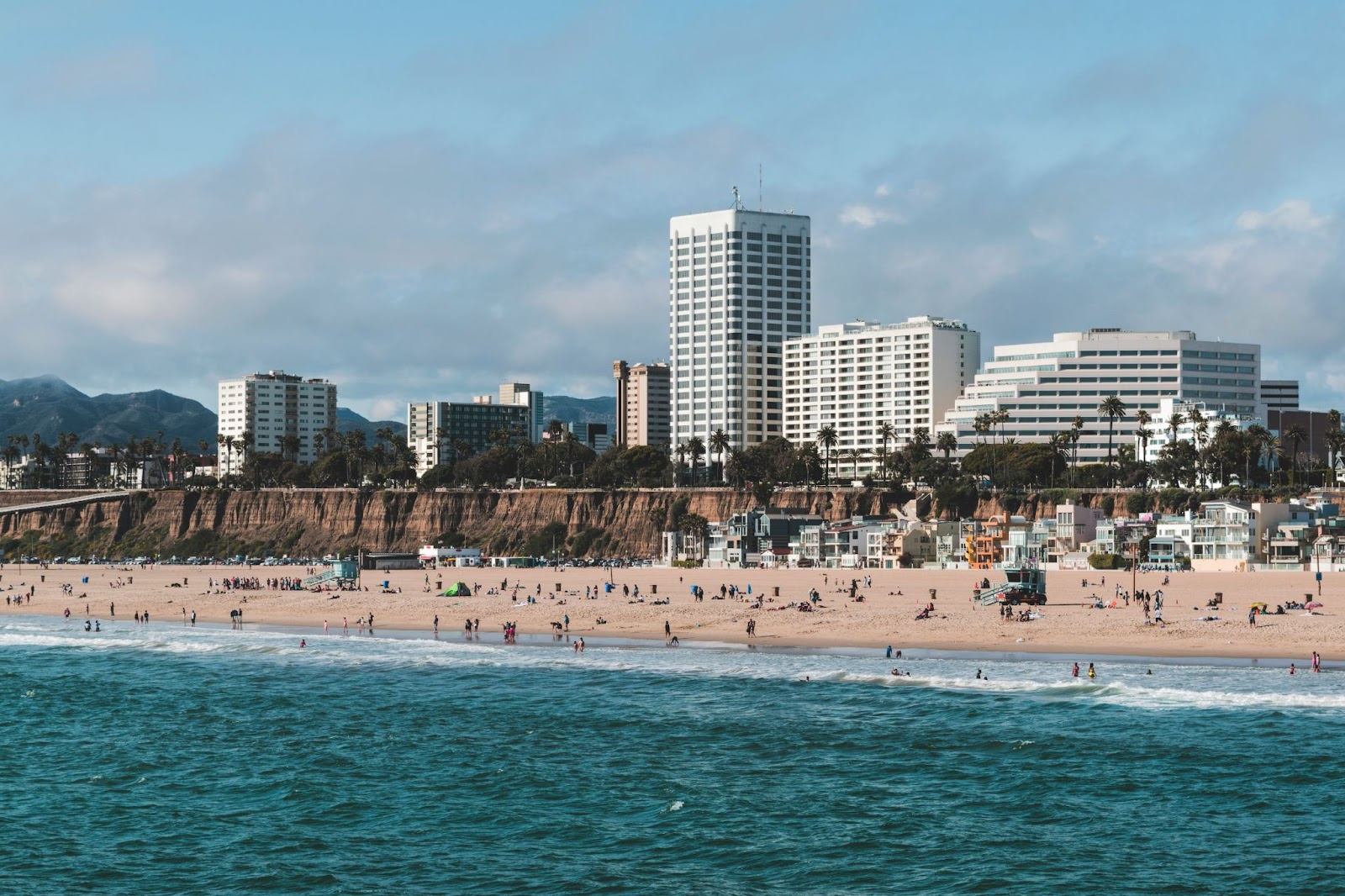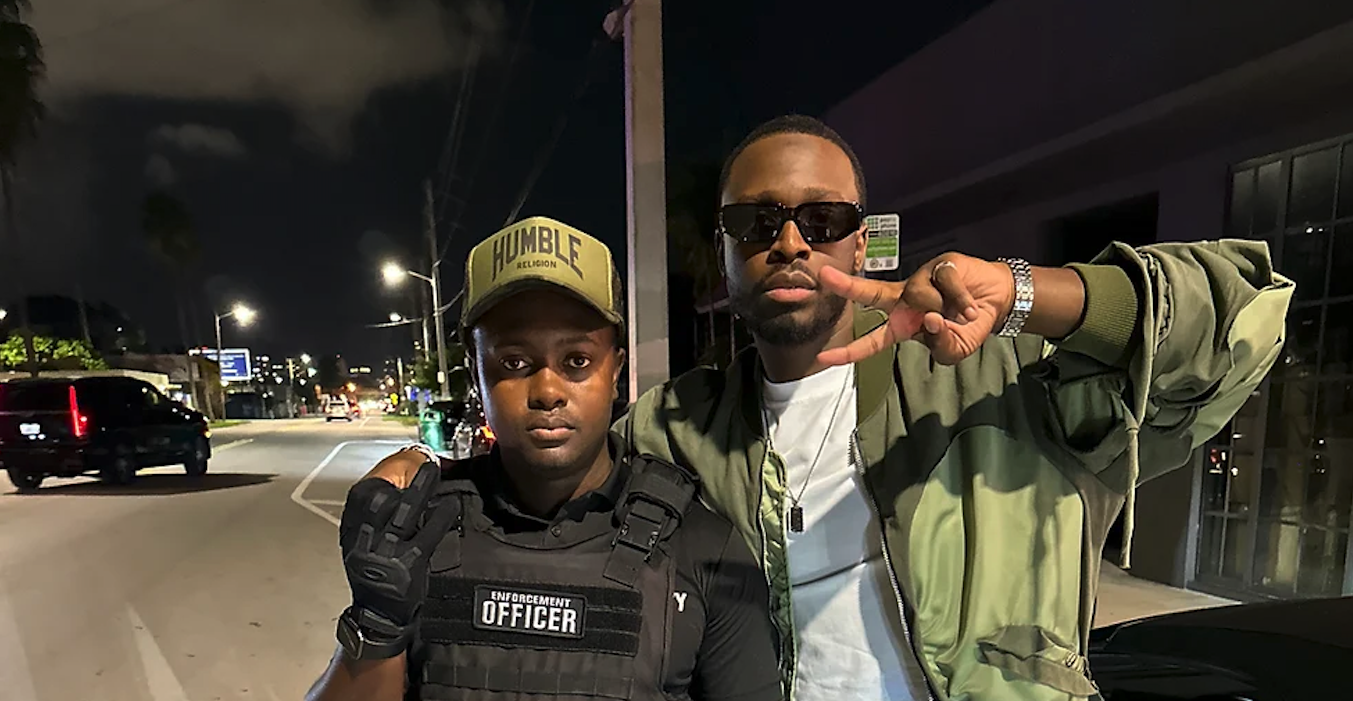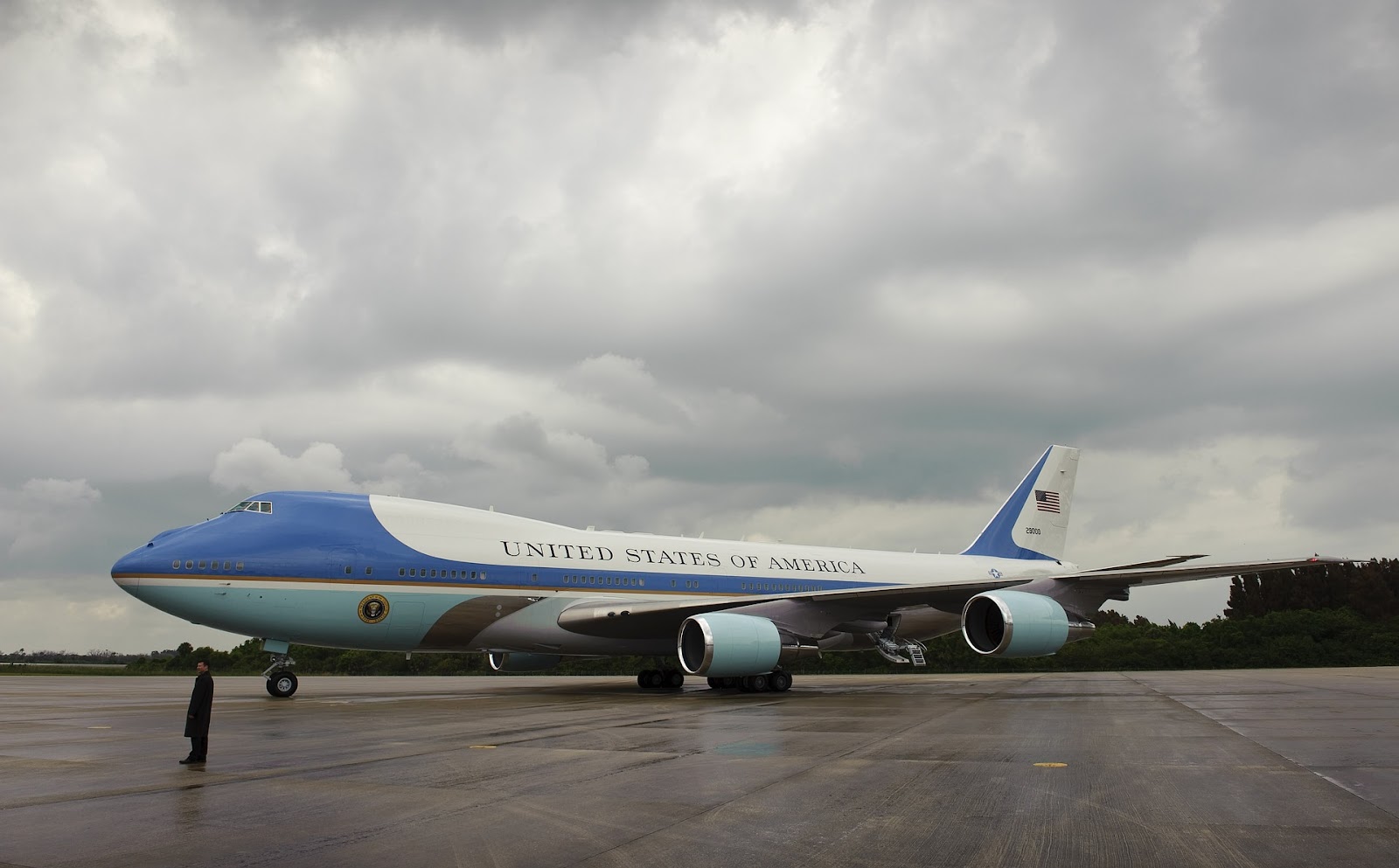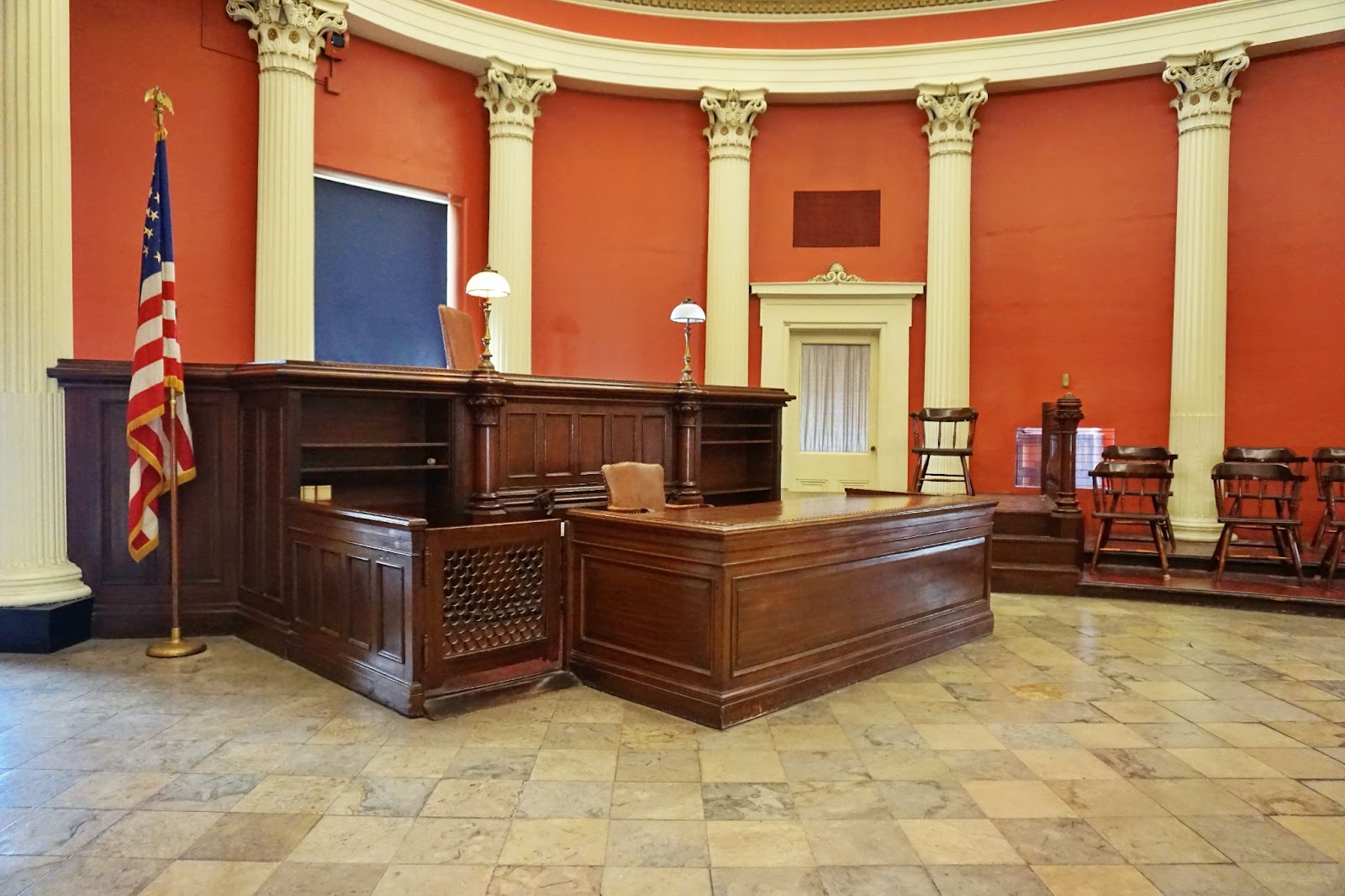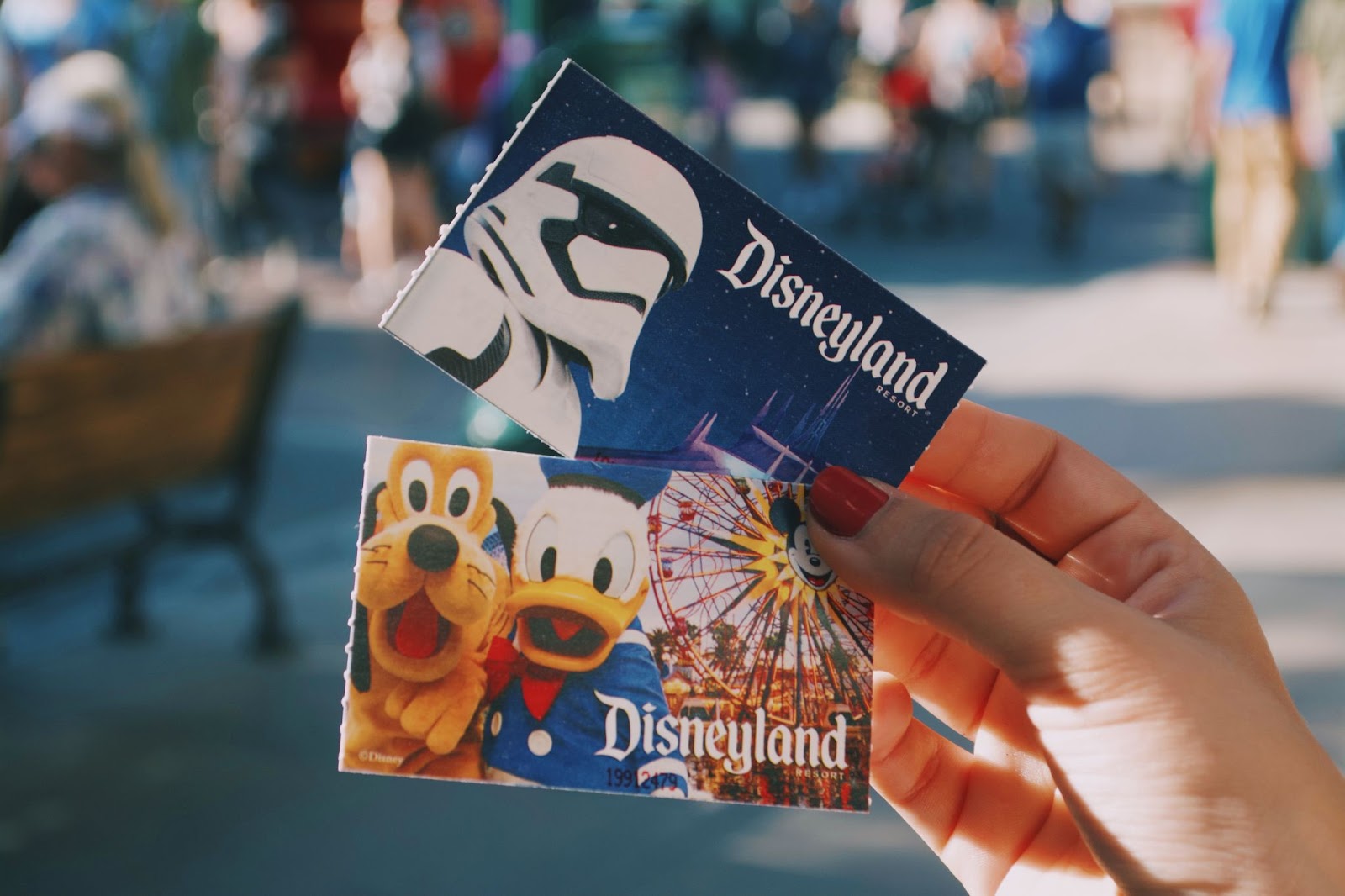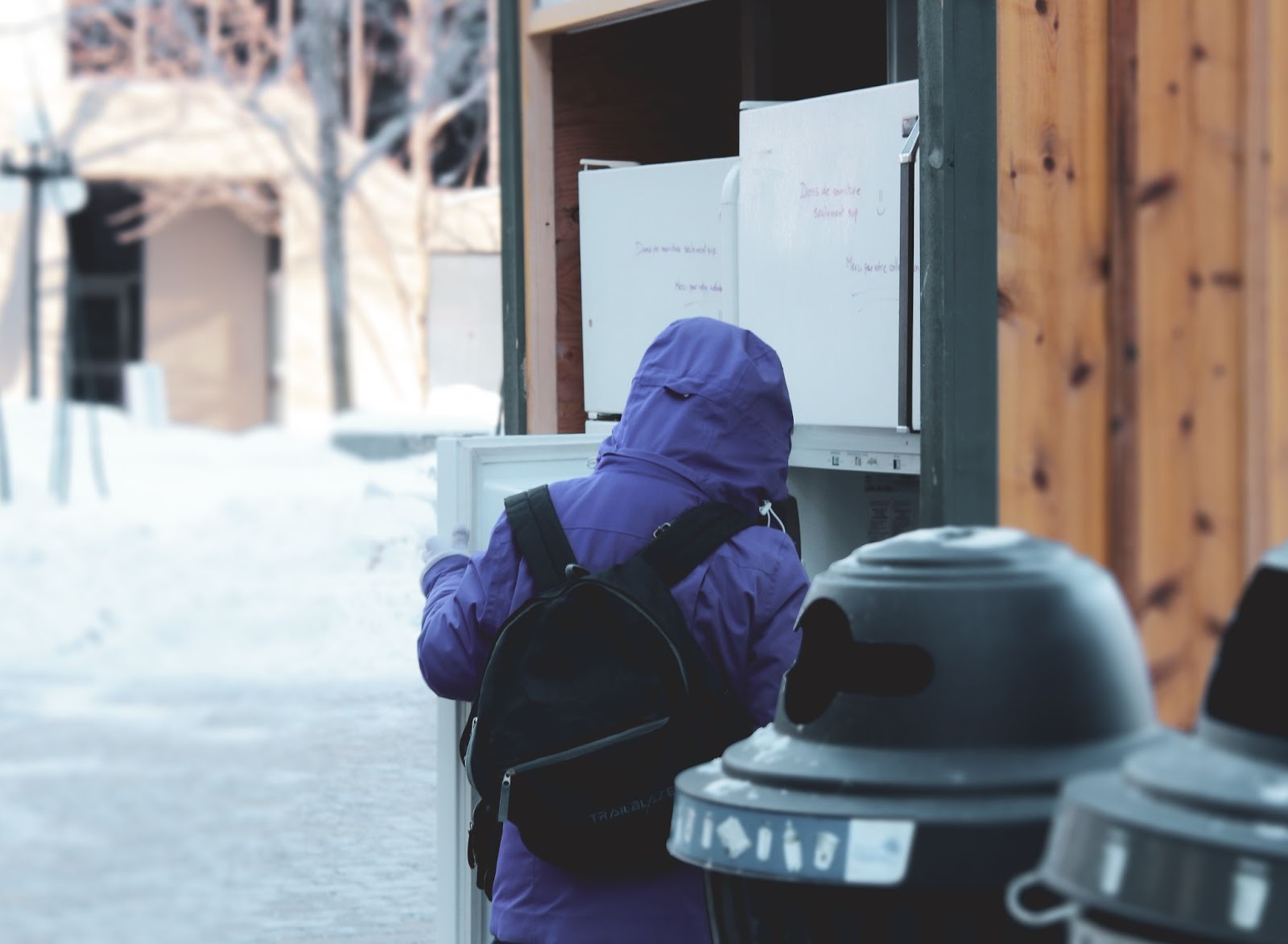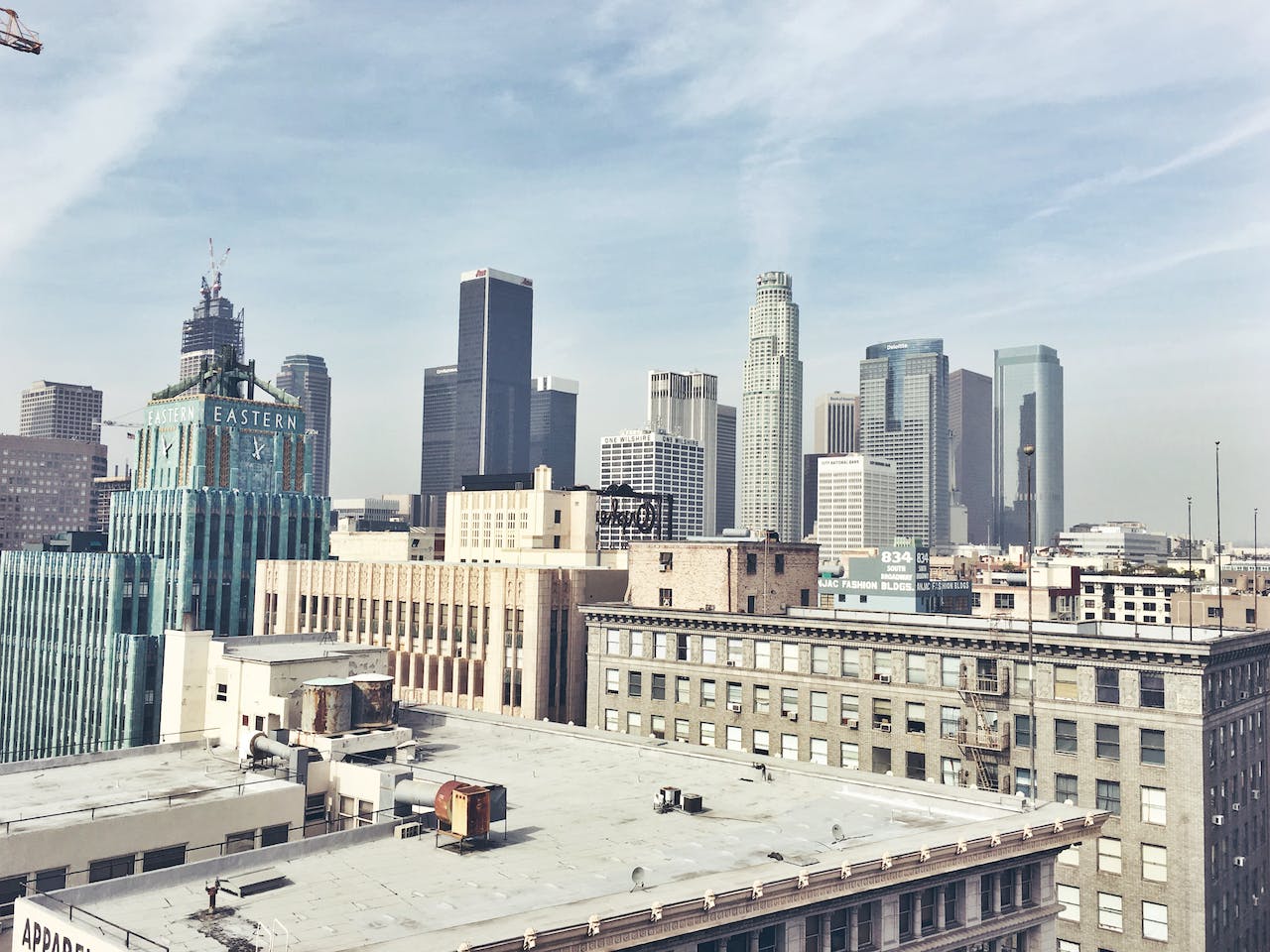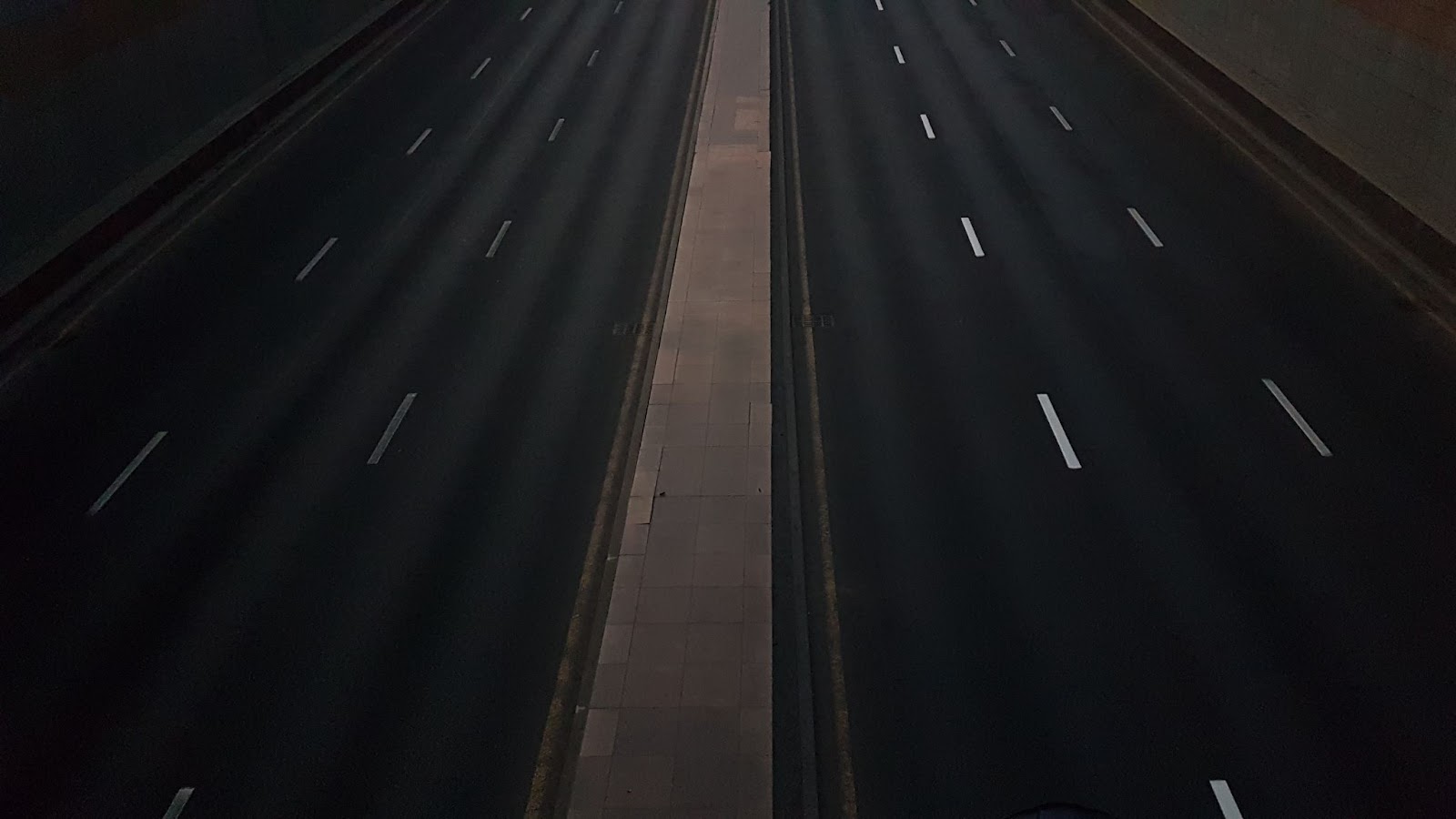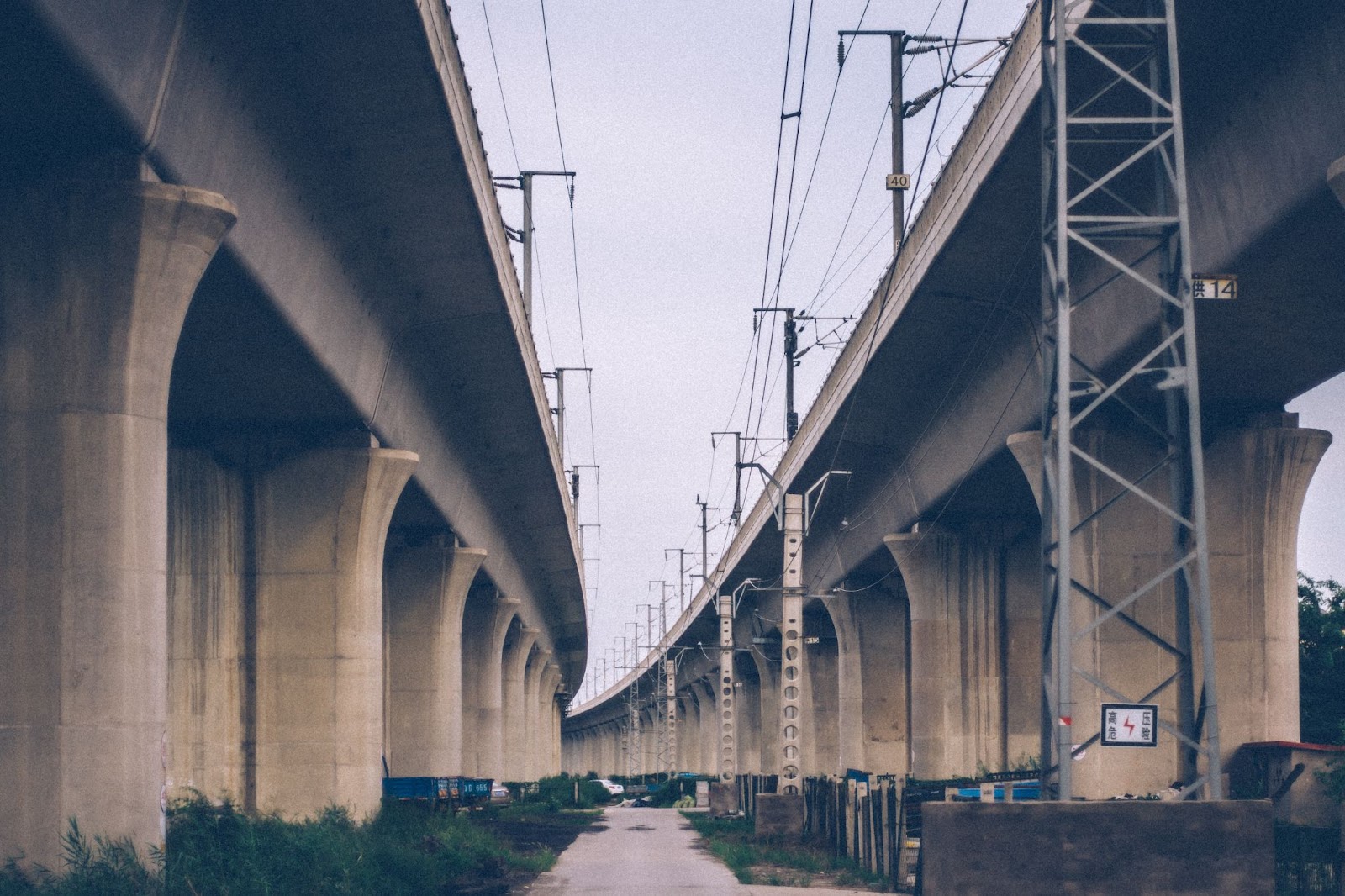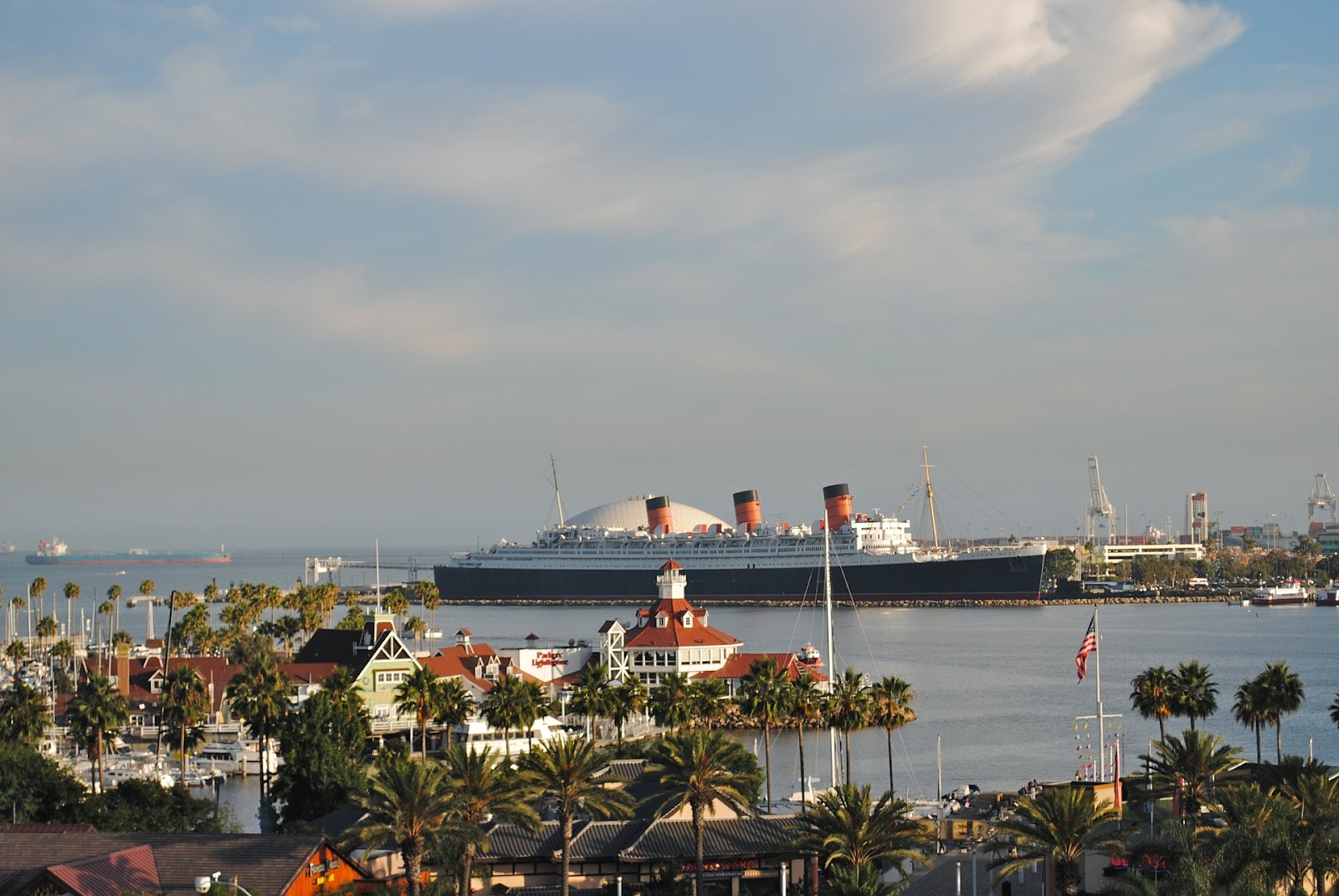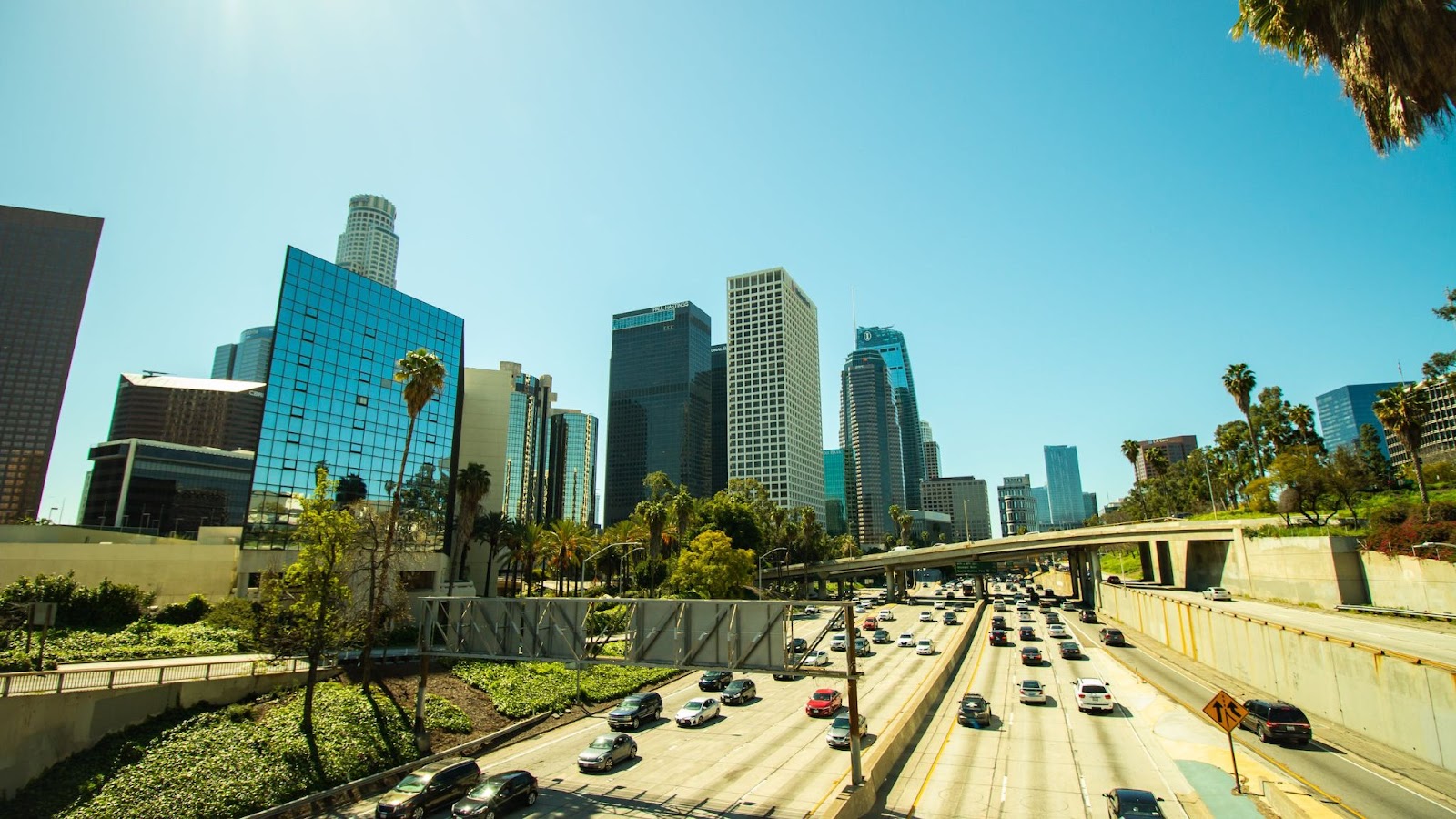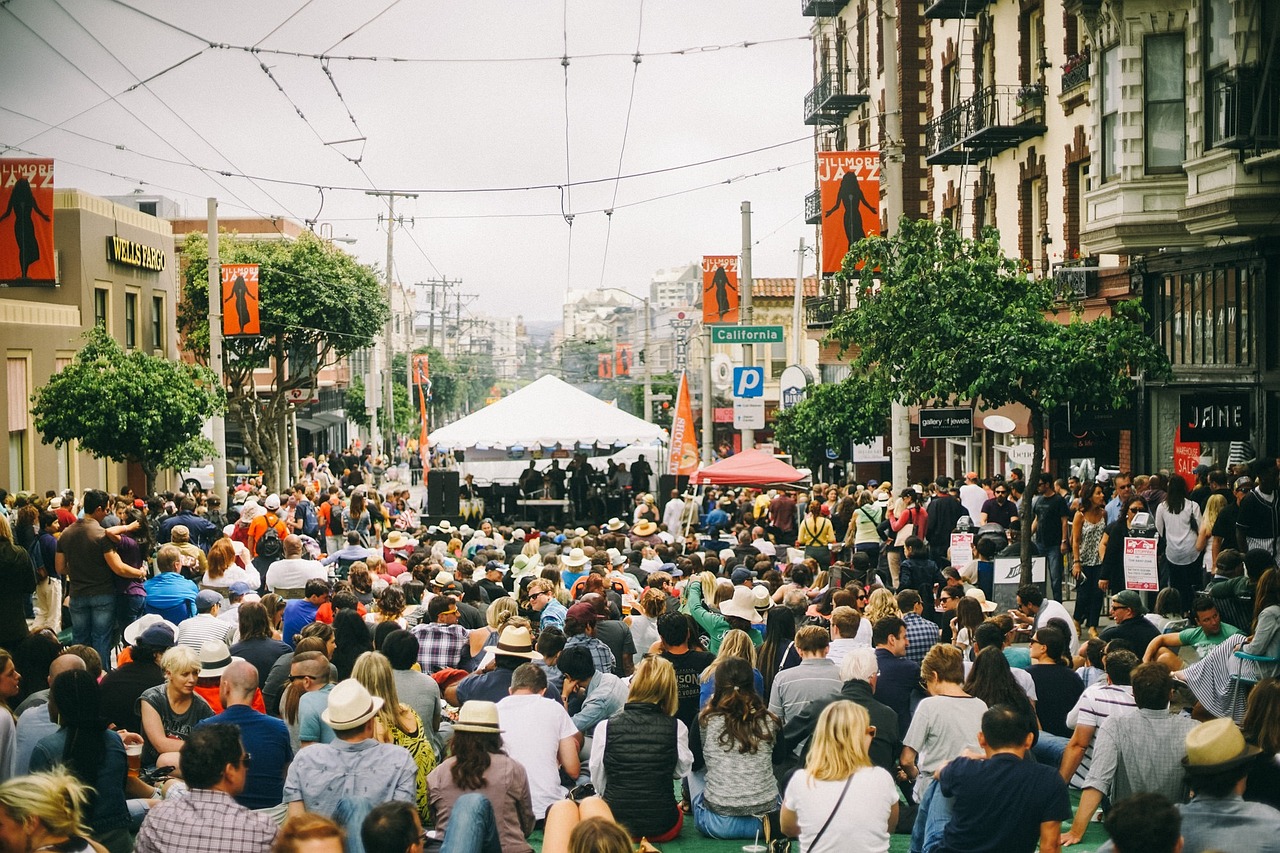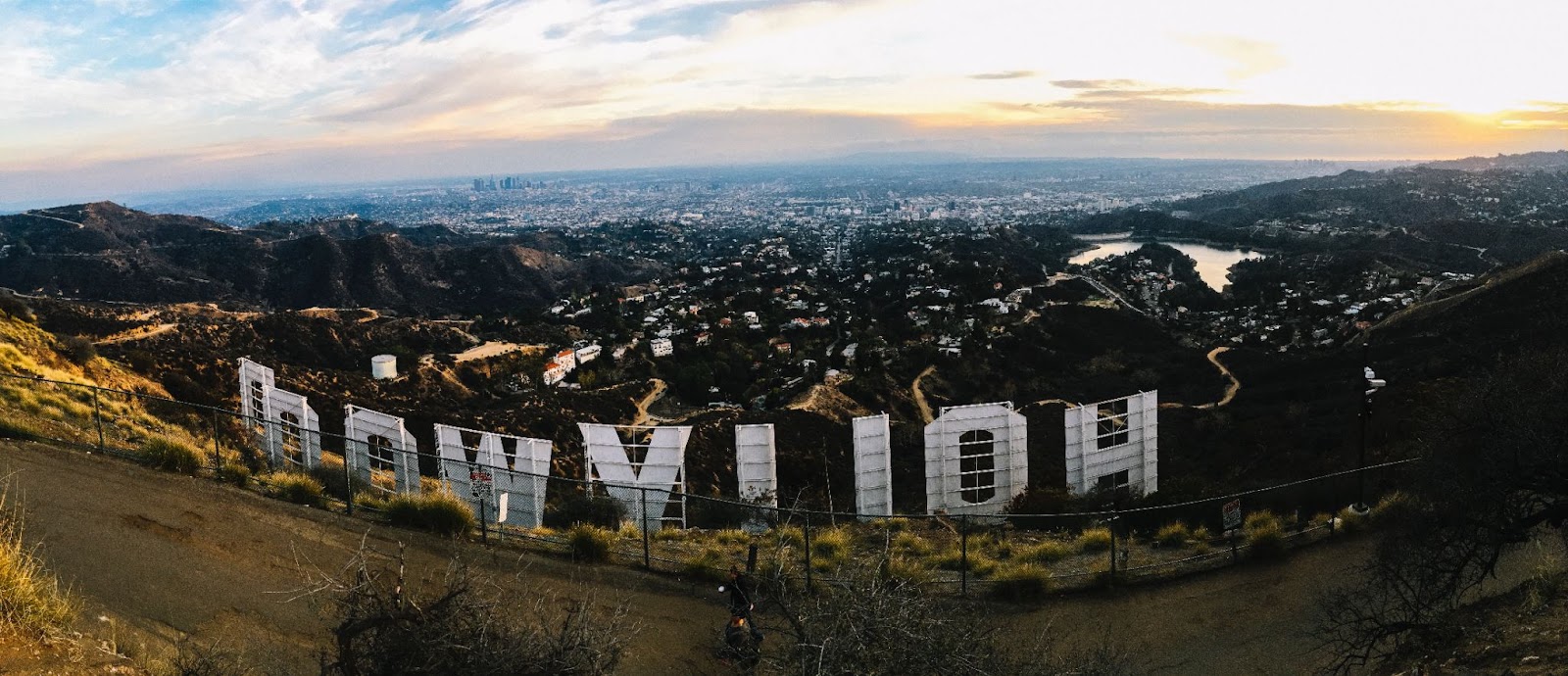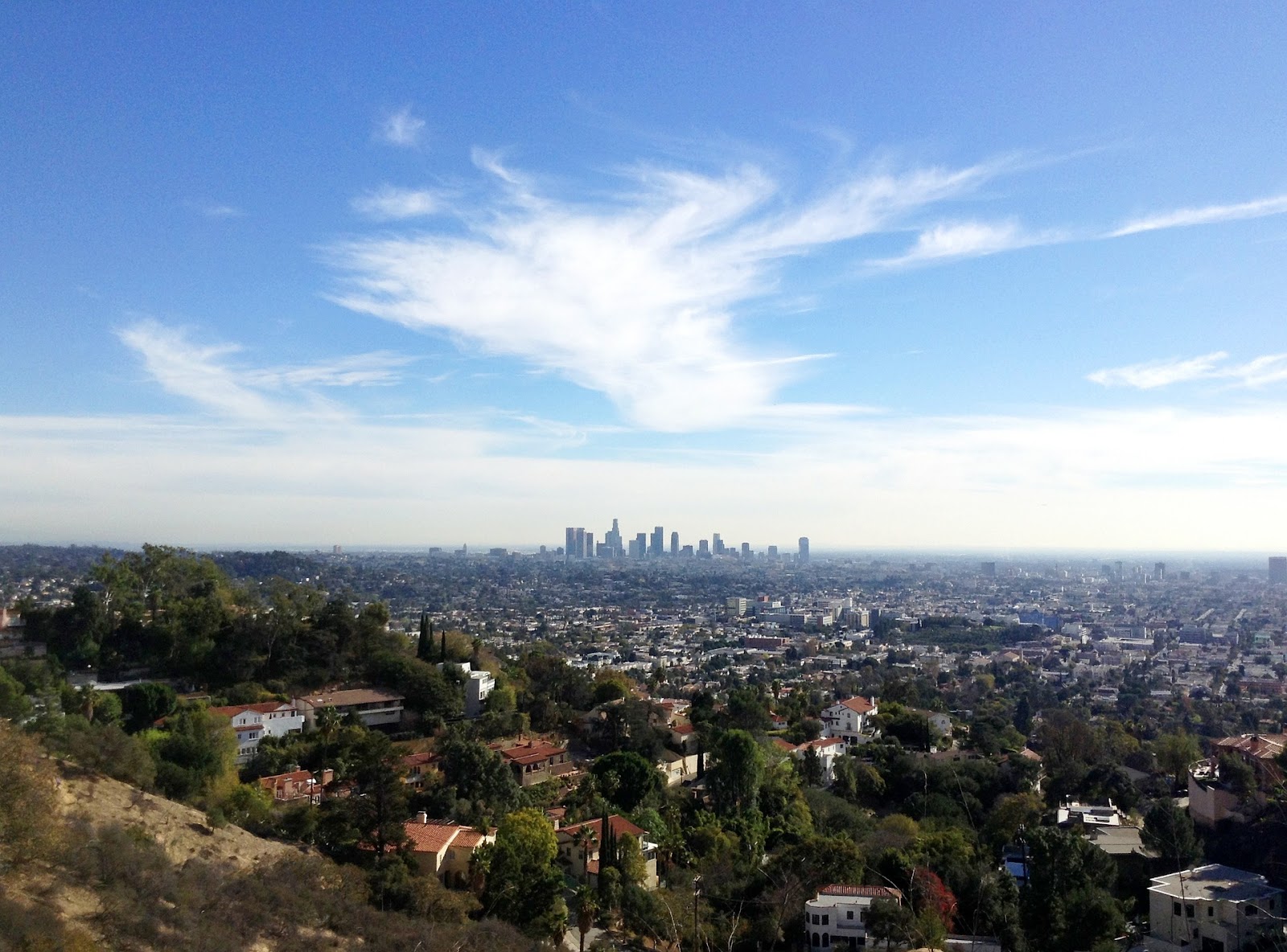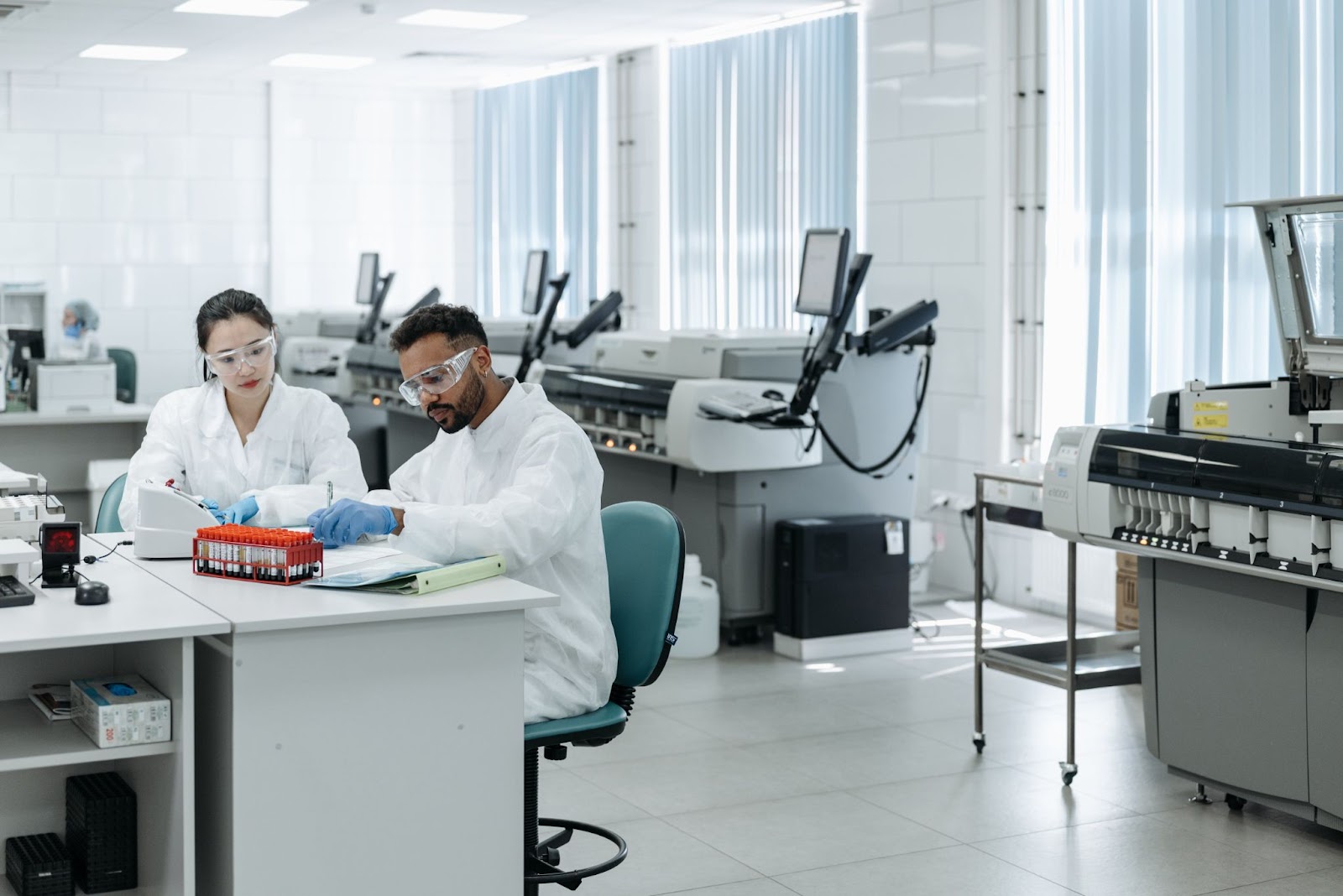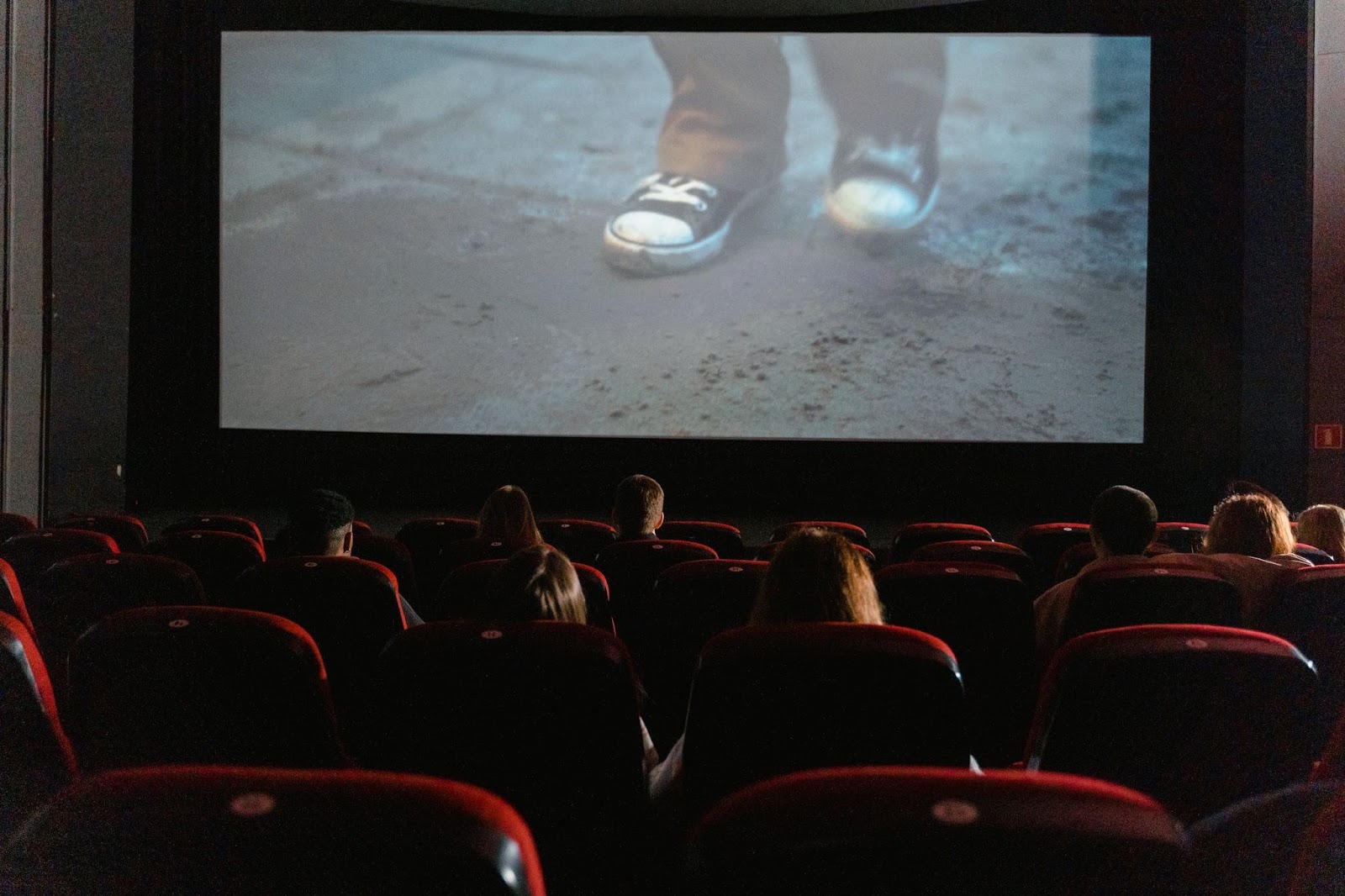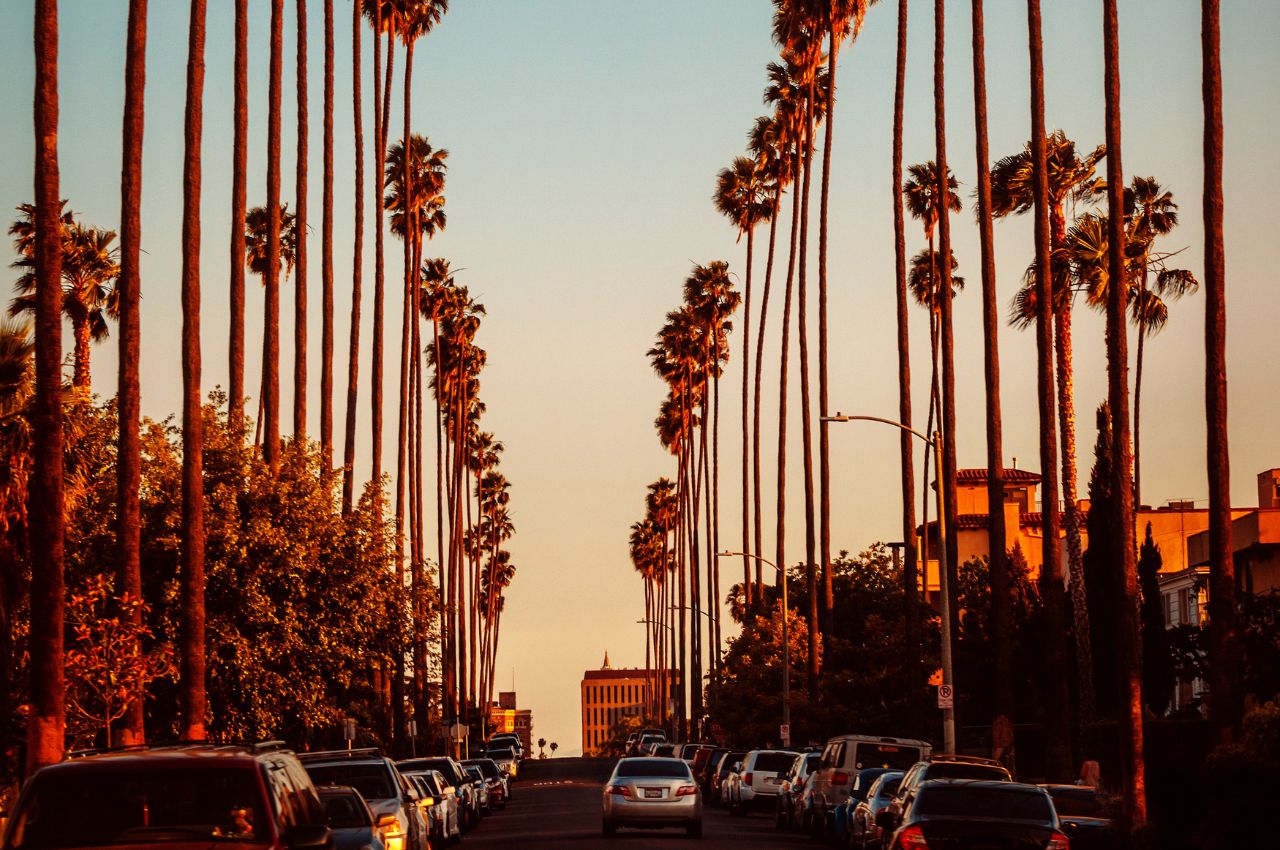The 2028 Los Angeles Olympics promise a dazzling display of athletic prowess and cultural exchange. Yet, beneath the fanfare lies a logistical Goliath: efficiently transporting hundreds of thousands across a sprawling metropolis. Enter LA Metro, the public transportation agency tasked with a seemingly mundane but crucial mission – acquiring nearly 3,000 new buses to bolster the city’s infrastructure for the Games. What is the price tag for this expansion? A staggering $700 million to $1 billion. How will LA Metro navigate this financial hurdle and ensure a smooth ride for Olympic visitors?
Compared to past Olympic hosts, Los Angeles must receive a blank check for transportation needs. The Los Angeles Olympics Organizing Committee isn’t contributing to the cost of the new buses, and securing federal funding specifically for buses appears unlikely. “There are no federal discretionary grants that specifically cover operations at that scale,” explains LA Metro Officer Selena Reynolds. While Mayor Bass recently secured a federal funding boost for the city’s rail system, that initiative must address the urgent need for additional buses.
So, how will LA Metro pay for these essential new vehicles? The answer, for now, is a complex work in progress. Grant funding remains possible, but securing enough to cover the entire cost is a long shot. Public-private partnerships offer another option, with private companies potentially contributing to purchasing the buses in exchange for advertising rights or naming opportunities. This approach could ease the financial burden on LA Metro, but it requires careful consideration regarding public perception and ownership of the vehicles in the long run.
The most likely scenario involves a multi-pronged approach. LA Metro might seek contributions from the state government, hoping to leverage the Olympics’ potential economic benefits for California. Local businesses could also be approached for sponsorships or partnerships, capitalizing on the Games’ international exposure. This collaborative approach would spread the financial responsibility, but meticulous planning and negotiation are essential.
The stakes are undeniable. A robust and efficient public transportation system is the backbone of a successful Olympic Games. It ensures smooth movement across the vast city for athletes, officials, and spectators. Imagine the frustration of an Olympic medalist missing their competition due to gridlock or enthusiastic fans stuck in a jam, unable to reach their event venue. A seamless public transportation system is crucial for a positive experience for all.
LA Metro understands the responsibility at hand. Beyond exploring funding options, they’re actively planning the logistics of acquiring and deploying the new buses. This includes determining the specific types of buses needed, optimizing routes to maximize coverage across Olympic venues, and ensuring proper maintenance and staffing for the influx of riders. It’s a logistical chess game, requiring careful coordination with the Olympics Organizing Committee and other city agencies.
The coming years will be critical for LA Metro. Determining a sustainable financial plan, securing funding, and finalizing the logistics of acquiring and integrating the new buses are crucial. Transparency and public engagement are also essential. As the funding sources become clearer, LA Metro must communicate its plans effectively, address concerns, and build trust.
The 2028 Los Angeles Olympics promises to be a landmark event, showcasing the city’s dynamism and spirit. But for LA Metro, the journey to that grand spectacle begins with a seemingly mundane task: securing the resources to get everyone where they need to go. By navigating the financial landscape creatively and efficiently, LA Metro can pave the way for a smooth ride for Olympic participants and all Angelenos who will benefit from an expanded and improved public transportation system for years.




















